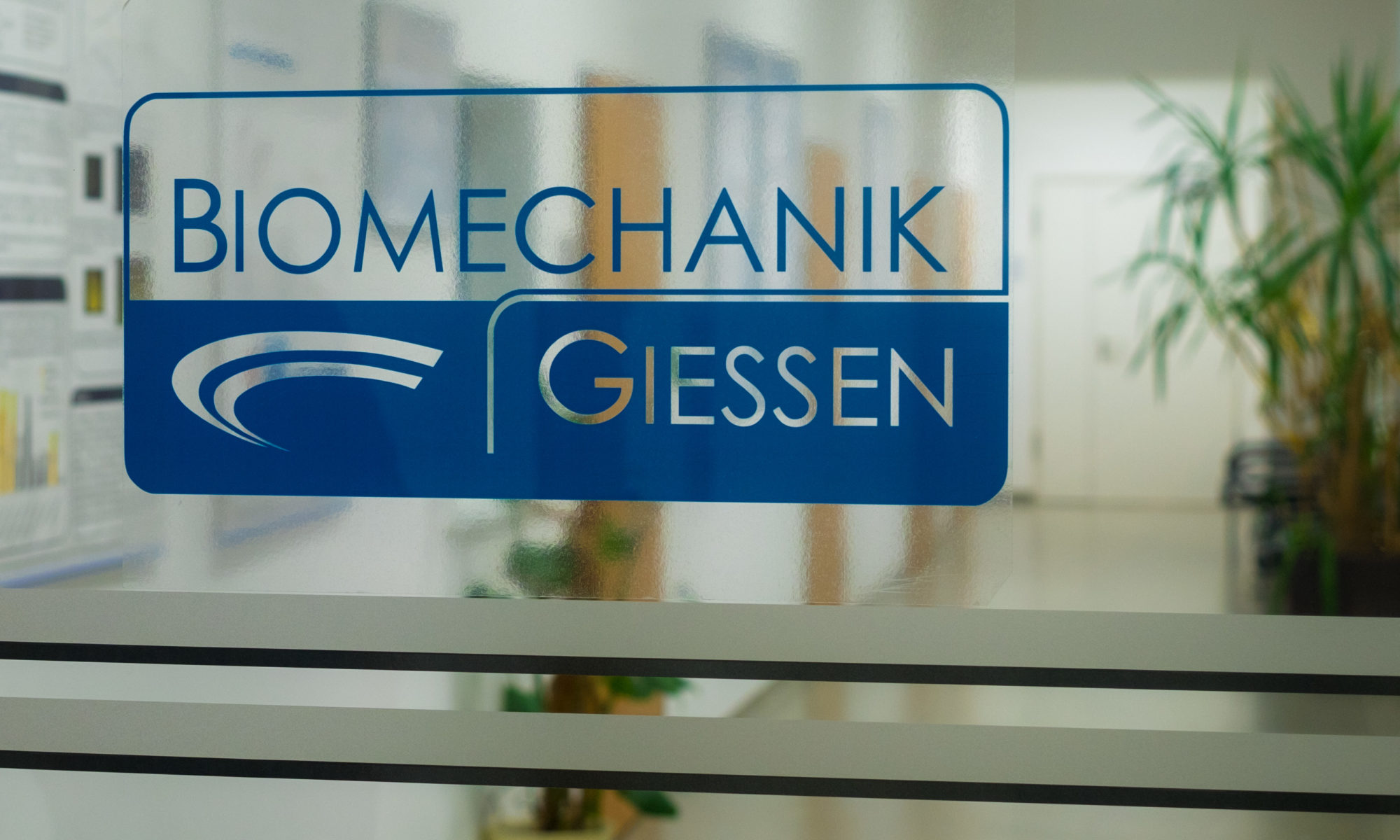2018
Effect of bearing friction torques on the primary stability of press-fit acetabular cups: A novel in vitro method
Jahnke A 1, Schroeder S 1, Fonseca Ulloa CA 1, Ahmed GA 1,2, Ishaque BA 1,2 ,
Rickert M. 1,2
J Orthop Res. 2018 Oct;36(10):2745-2753. doi: 10.1002/jor.24041.
Epub 2018 Jun 13. PMID: 29744927
- Laboratory of Biomechanics, Justus-Liebig-University Giessen, Klinikstrasse 29, 35392, Giessen, Germany.
- Department of Orthopaedics and Orthopaedic Surgery, University Hospital Giessen and Marburg (UKGM), Klinikstrasse 33, 35392, Giessen, Germany.
Abstract
Aseptic loosening is the main reason for revision of total hip arthroplasty, and relative micromotions between cementless acetabular cups and bone play an important role regarding their comparatively high loosening rate. Therefore, the aim of the present study was to analyze the influence of resulting frictional torques on the primary stability of press-fit acetabular cups subjected to two different bearing partners. A cementless press-fit cup was implanted in bone-like foam. Primary stability of the cup was analyzed by determining spatial total, translational, and rotational interface micromotions by means of an eddy current sensor measuring system. Torque transmission into the cup was realized by three synchronous servomotors considering resultant friction torques based on constant friction for ceramic-on-ceramic (CoC: μ = 0.044; max. resultant torque: 1.5 Nm) and for ceramic-on-polyethylene (CoP: μ = 0.063; max. resultant torque: 1.9 Nm) bearing partners. Rotational micromotion of CoC was 8.99 ± 0.85 µm and of CoP 13.39 ± 1.43 µm. Translational micromotion of CoC was 29.93 ± 1.44 μm and of CoP 39.91 ± 2.25 μm. Maximum total relative micromotions were 37.10 ± 1.07 μm for CoC and 51.64 ± 2.18 μm for CoP. Micromotions resulting from CoC were statistically lower than those resulting from CoP (p < 0.05). The described 3D-measuring set-up offers a novel in vitro method of measuring primary stability of acetabular cups. We can therefore conclude, that primary stability of acetabular cup systems can be observed using either the lower friction curve (CoC) or the higher friction curve (CoP). In future studies different cup designs or cup fixation mechanisms may be tested and compared in vitro and assessed prior to implantation. © 2018 Orthopaedic Research Society. Published by Wiley Periodicals, Inc. J Orthop Res 36:2745-2753, 2018.
KEYWORDS:
acetabular component; cementless; friction torques; hip arthroplasty; primary stability
PMID: 29744927
DOI: 10.1002/jor.24041
